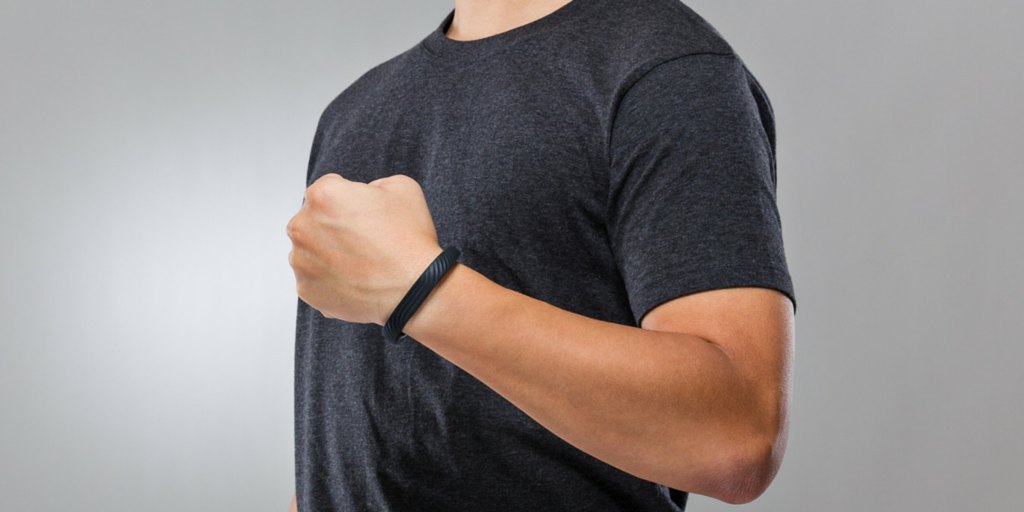You probably have seen the commercials, online ads, and numerous tweets, blogs, and posts about the just released Apple watch. This smart watch is the next (and arguably the most sophisticated) in the burgeoning line of wearable technology gadgets heralded as the wave of the future…bringing 24/7 health care monitoring into the home at a fraction of the cost. Smart watches and fitness trackers that monitor heart rate, temperature, steps taken, calories burned, and sleep tracking, among other measures provide numerous data points that can be gathered 24/7 and in-turn help the wearer better track their own health.
Beyond the tremendous amounts of raw data that will be obtained, the next big question is: How can wearable technology data assist doctors to better care for their patients? Monitoring, which was once extremely difficult to carry out accurately and very costly to the patient can now be obtained with the ease of a wearable bracelet and a linked app or web-based platform.
By tying in wearable data with a few demographic questions such as family history of diabetes and the patient’s last known laboratory data including serum glucose, triglycerides, and HDL cholesterol, their risk for type 2 diabetes can be assessed using the Type 2 Diabetes Risk Estimator for Adults (Framingham Offspring Study). Users of wearable technology would then be able to assess their risk (and possibly be alerted) for type 2 diabetes. This may prompt them to schedule an appointment and receive care and guidance to prevent a serious and potentially life threatening chronic illness. Additionally, their physician will be able to review their data remotely and assist in arranging care both in person and through telemedicine.
Wearables can also take raw data such as resting heart rate and combine it with age to give the user their target heart rate during exercise. This measure can also be updated and adjusted as exercise is better tolerated and improved performance is achieved. Taking fitness one step further, one of the best predictors of cardiovascular fitness and maximal aerobic power is the measure of VO2 max (maximal oxygen uptake). This is measured using the Rockport Fitness Walking Test and was previously obtained in a controlled setting to ensure proper timing and heart rate measurements. Using data points from wearables, this measure of fitness can be obtained and then tracked over time with wearable tech combined with the appropriate algorithm.
A doctor, in cooperation with his or her patients, can review the clinical decision tools available and combine them with the patients’ wearable data series to promote health and wellness and likely reduce healthcare costs and spending. By combining current medical data and tracking it along with the information obtained through the numerous sensors inside a wearable, patients with chronic illnesses such as chronic obstructive pulmonary disease (COPD) may be better monitored and managed. COPD is one of the leading causes of death in the US. Improving the health of patients with COPD by tracking numerous biometric data points may be possible by using wearable technology and incorporating several COPD algorithms.
The future of healthcare is poised to revolve around patients having increased access to their own health records and enabling them to take a larger role within their own care. Using advances in telemedicine, home diagnostic capabilities, and wearable technology, physicians with the assistance of automated algorithms will be able to better care for their patients.

